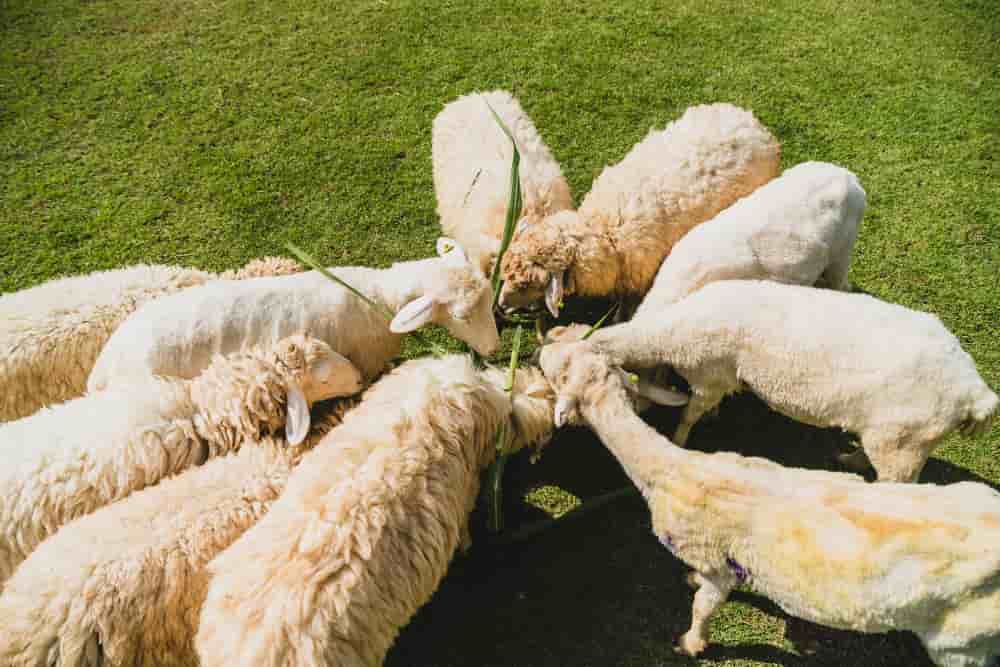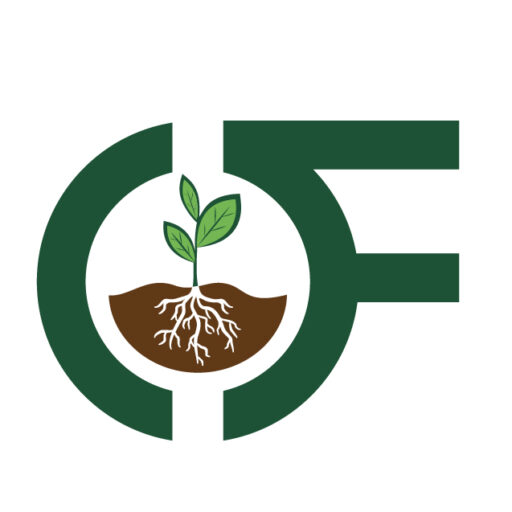Affordable Hay Options: Budget-Friendly Choices for Livestock Owners
As a livestock owner, ensuring your animals receive high-quality nutrition while keeping costs manageable is a constant challenge. Hay is a staple in feeding livestock, but with fluctuating prices and varying quality, finding the right balance between affordability and nutrition can be difficult. While cheaper hay options can seem appealing in the short term, investing in premium hay often proves more cost-effective in the long run due to its higher nutritional value and reduced waste. We will explore budget-friendly hay choices, ways to save money on feed, and why quality hay remains the best investment for your animals’ health.

(Sheep on green grass eating hay in the middle.)
Understanding Affordable Hay Options
For livestock owners working within a budget, selecting cost-effective hay without compromising too much on quality is crucial. Some of the more affordable hay options include:
- Grass Hay: Varieties such as Timothy, Bermuda, and Brome grass hay are often more affordable than legume hays like alfalfa. Grass hay provides adequate fiber and can be a solid option for maintenance diets.
- Mixed Hay: A blend of grass and alfalfa hay can offer a good balance of nutrition while being more budget-friendly than pure alfalfa.
- Local Hay: Sourcing hay from nearby farms can cut down on transportation costs and support local agriculture. It’s often fresher and less expensive than imported hay.
- Hay Cubes and Pellets: These processed forms of hay can sometimes be more economical, especially if they reduce waste compared to traditional bales.
- Crop Residues: While not suitable for all livestock, agricultural byproducts like wheat straw or corn stalks can supplement a diet when combined with higher-quality feeds.
Cost-Saving Strategies for Hay Purchases
Reducing hay costs doesn’t necessarily mean sacrificing quality. There are several strategies that livestock owners can use to get the best value for their money:
- Buy in Bulk: Purchasing large quantities at once often results in lower prices per bale. Coordinate with other farmers to make bulk purchases more feasible.
- Purchase Off-Season: Prices tend to be lower right after harvest. Stocking up when hay is plentiful can lead to significant savings.
- Store Hay Properly: Poor storage can lead to mold, rot, and nutrient loss, increasing overall costs due to wasted feed. Keeping hay dry and well-ventilated extends its usability.
- Test for Nutritional Value: Conducting a hay analysis ensures you’re not overfeeding or supplementing unnecessarily. Quality hay reduces the need for additional supplements, saving money in the long run.
- Consider Alternative Suppliers: Compare prices from different sources, including auctions, co-ops, and direct-from-farm purchases, to find the best deals.
The Long-Term Benefits of Investing in Premium Hay
While budget-friendly hay can help manage costs, investing in high-quality hay offers long-term benefits that outweigh the initial savings from cheaper options. Premium hay provides higher digestibility, better nutrient retention, and lower wastage. Livestock that consume nutrient-rich hay are healthier, require fewer veterinary interventions, and exhibit improved growth and productivity.
For example, dairy cows fed with superior hay produce more milk with higher butterfat content. Horses receiving high-quality hay experience fewer digestive issues, while beef cattle gain weight more efficiently. Poor-quality hay, on the other hand, often leads to increased feed waste, nutritional deficiencies, and potential health problems that result in higher costs over time.
Making the Right Choice for Your Livestock
Choosing hay should be a balance between affordability and nutritional value. If budget constraints are tight, opting for mixed hay or high-fiber grass hay can be a suitable compromise. However, always prioritize quality over the cheapest option to avoid hidden costs in vet bills and supplemental feeds.
At Ohana Farms, we understand the importance of both cost and quality when it comes to livestock feed. Our selection of premium hay ensures that your animals receive the nutrition they need without unnecessary waste. Whether you’re looking for budget-friendly options or investing in top-tier hay, we’re here to help you make the best decision for your farm.
Conclusion
Feeding your livestock affordably doesn’t mean sacrificing quality. By selecting the right hay type, employing smart purchasing strategies, and recognizing the benefits of premium hay, you can keep costs down while ensuring optimal animal health. The key is to make informed choices that align with both your financial and livestock care goals. With proper planning and sourcing, you can provide excellent nutrition without breaking the bank.

